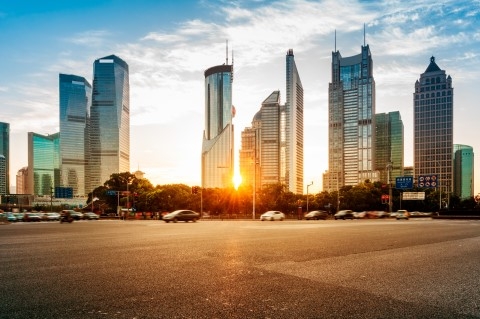
Asian infrastructure spending to hit US$52t
China, India, and Japan will take up 40% of the global infrastructure spending need.
Infrastructure investors and companies might not need to look any further. Asian countries are likely to invest US$52t on infrastructure, or 55% of the US$97t global amount, according to the Global Infrastructure Report by G20’s Global Infrastructure Hub (GI Hub).
GI Hub projects that the world population will increase by 25% to 2 billion, driving the need to spend more on creating and upgrading infrastructure.
Amongst Asian countries, China, India, and Japan are the main players with their needs reaching 40% of the global amount.
The report expects China to have a US$23t infrastructure need, more than half of Asia’s need and 30% of the global amount.
Road and electricity sectors make up the large percentage of China’s estimated future spending. Together, the sectors accounted for US$18t. Within current trends, the country is expected to invest US$5.4t in rail infrastructure, especially.
In the report, GI Hub said, “While our forecasts for China suggest the country will need to continue to increase spending in the years ahead, these requirements appear affordable because they represent a lower proportion of GDP than has been spent in the past.”
India followed China with the expected infrastructure spending of US$3.9t.
The group also stated, “As such, while population growth in India is expected to drive significant demand for infrastructure in India over the next 25 years, in absolute terms this infrastructure requirement will be substantially lower than in China, which is at a more advanced stage of development.”
Japan’s estimated infrastructure needs reached $3.8t, while Singapore's spending is likely to reach US$94b.
Meanwhile, other Asian countries are expected to invest US$19.7t from 2016 to 2040.
The report also divided infrastructure spending according to each sector, with electricity, road, and telcos bringing in the highest need in the region.
Rail, water, port, and airport expenditures were also projected to require more infrastructure spending.
























 Advertise
Advertise






